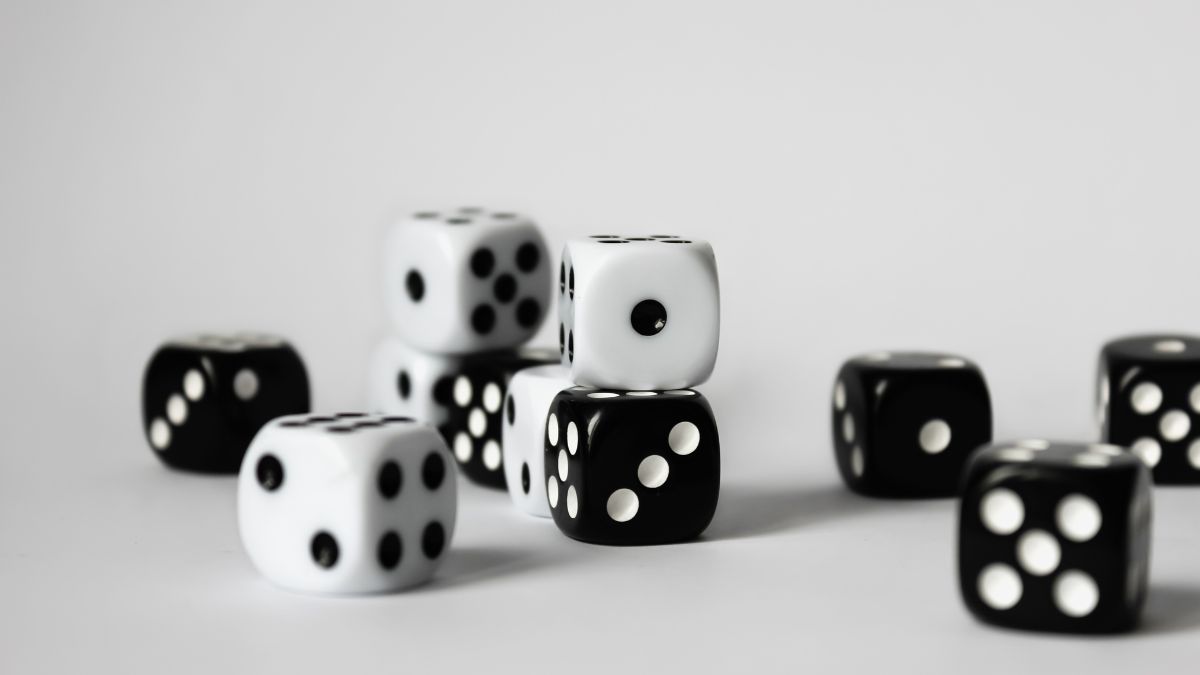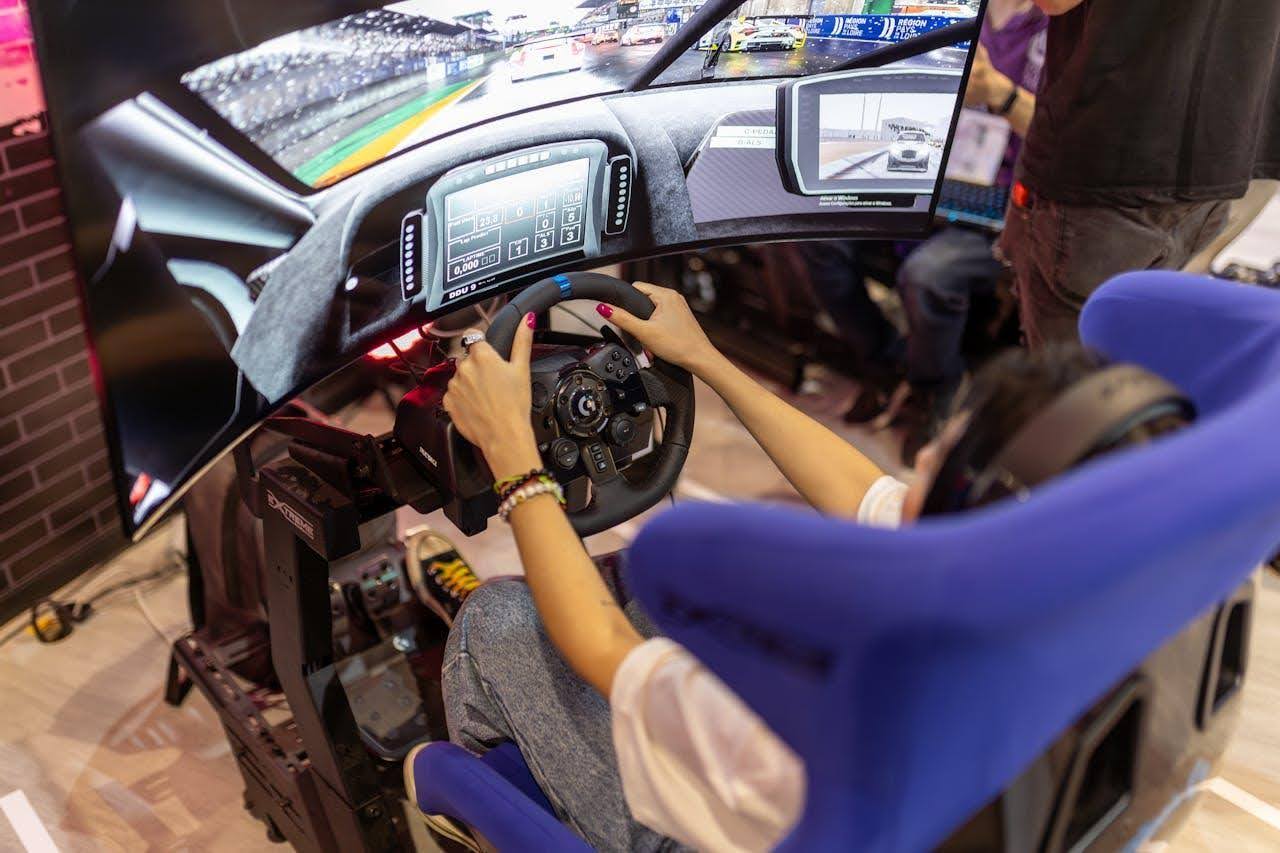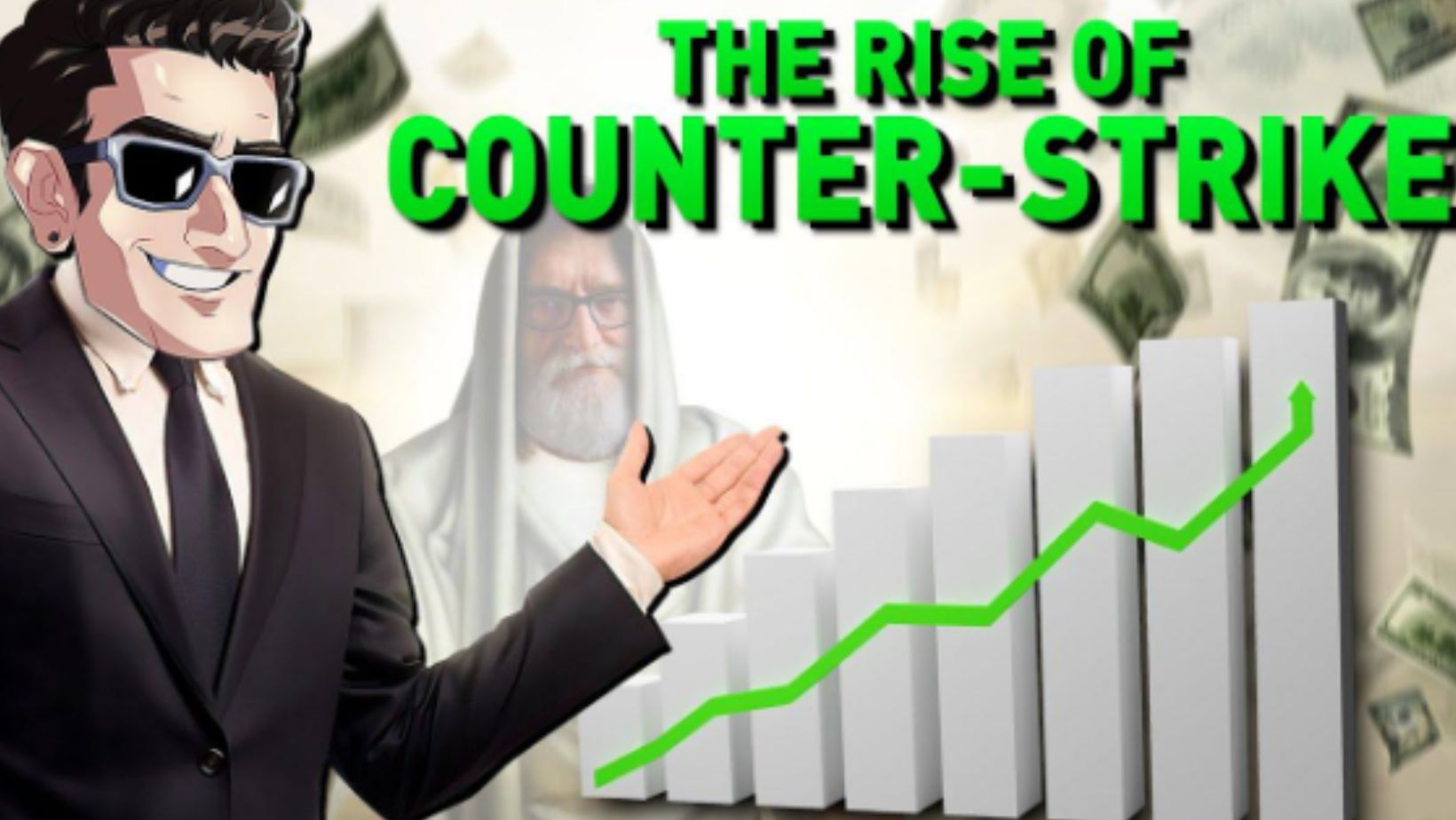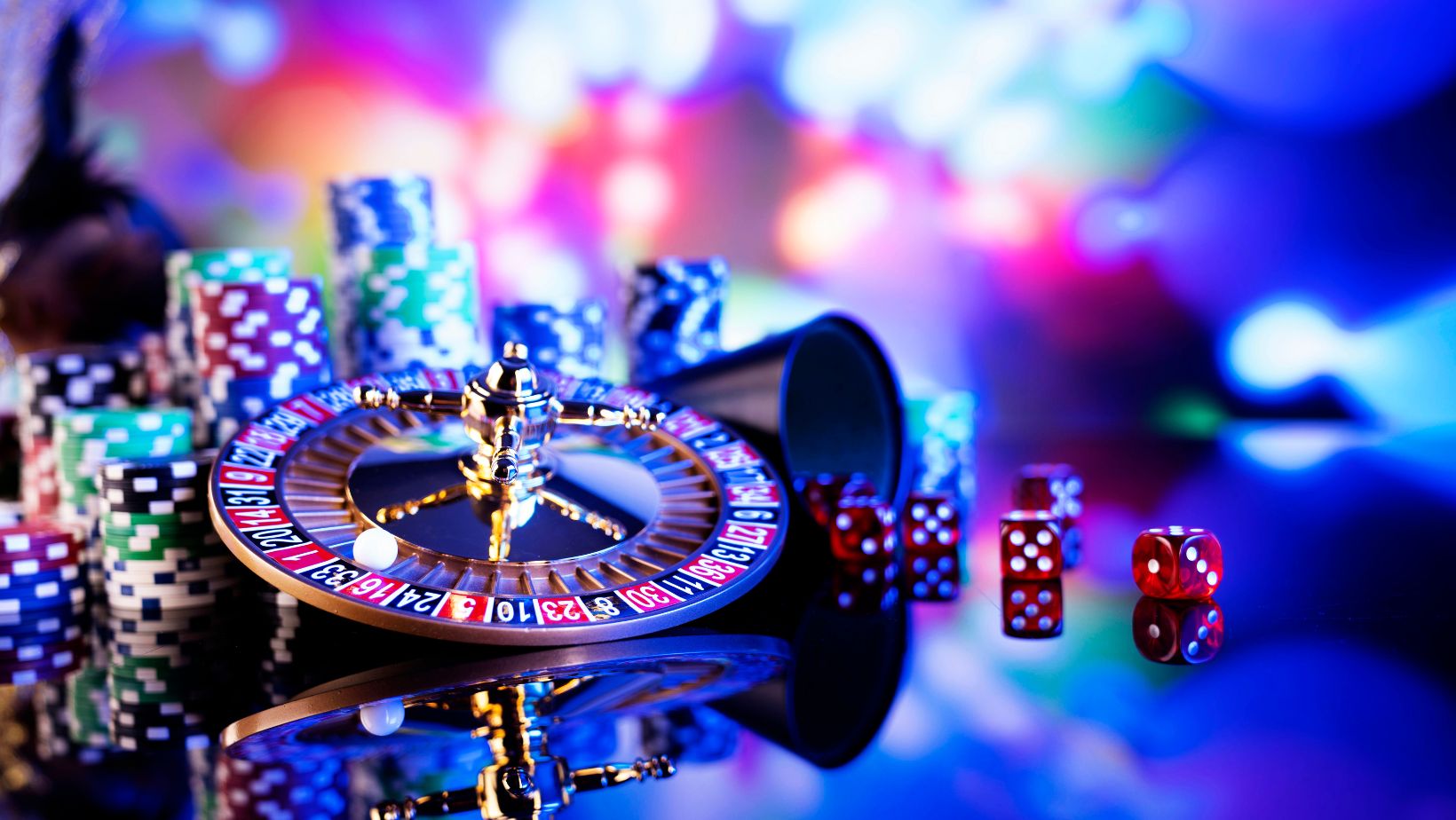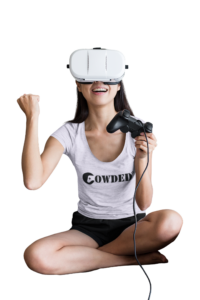In the fast-paced world of Counter-Strike: Global Offensive (CS: GO), where split-second decisions can determine victory or defeat, understanding and optimizing team dynamics is crucial. Beyond individual skill, effective teamwork is often the differentiating factor in the success of professional esports teams. In this analysis, we delve into the realm of post-game statistics as a powerful tool for analyzing and enhancing team dynamics in CS: GO.
The Power of Post-Game Stats
CS: GO is not merely a game of reflexes and precision aiming; it is a complex tactical experience that demands seamless collaboration among team members. Post-game CSGO live score statistics offer a comprehensive view of a team’s performance, shedding light on both individual contributions and collective effectiveness.
Individual Performance Metrics
Analyzing individual player stats, such as kill-death ratio (K/D), damage per round (ADR), and entry frag success rate, provides insights into each player’s impact on the game. A balanced mix of fragging power and strategic play is essential for a team’s success.
Economy Management and Utility Usage
Examining economic statistics, such as money spent per round and utility damage inflicted, unveils a team’s ability to manage resources efficiently. Teams that master the art of utility usage gain a strategic advantage, disrupting opponents and creating opportunities for their teammates.
Map Control and Objective Achievements
Post-game stats reveal crucial information about map control, bomb plants, and refusals.

Teams with a well-coordinated approach to securing objectives and controlling key areas on the map demonstrate a higher level of strategic understanding and synergy.
Team Dynamics Analysis
Communication Patterns
Analyzing post-game voice communication data provides valuable insights into a team’s communication dynamics. Effective communication is the backbone of successful teamwork, and identifying patterns—such as callouts, strategies, and concise information exchange—can lead to improvements.
Adaptability and Mid-Game Adjustments
Examining statistics related to mid-game adaptations, such as changes in strategy, can highlight a team’s ability to read their opponents and adjust their playstyle accordingly. Teams that showcase flexibility and resilience in the face of adversity often emerge victorious.
Supportive Roles and Teamplay
Recognizing the contributions of supportive roles, such as in-game leaders and support players, is vital.

Post-game stats can quantify the impact of strategic decisions, flash assists, and effective teamwork, showcasing the team’s overall cohesion.
Strategies for Improvement
Data-Driven Training Sessions
Coaches and analysts can utilize post-game statistics to tailor training sessions. Focused drills aimed at addressing specific weaknesses revealed in the stats can lead to targeted skill improvement and enhanced teamwork.
Team Bonding Activities
Understanding the personalities and communication styles of team members is crucial. Team bonding activities can foster a stronger connection between players, translating into improved synergy during high-pressure situations.
Utilizing Technology for Real-Time Analysis
Integrating real-time data analysis tools into practice sessions allows teams to receive immediate feedback on their performance. This enables on-the-fly adjustments and facilitates continuous improvement.
Conclusion
In the world of CS: GO, where milliseconds matter and split-second decisions shape the outcome of a match, the importance of team dynamics cannot be overstated. Post-game statistics serve as a valuable tool for teams looking to enhance their performance by understanding individual contributions, refining strategies, and optimizing communication. As esports continues to evolve, the teams that embrace data-driven insights and prioritize continuous improvement in their team dynamics will undoubtedly rise to the top of the competitive hierarchy.









